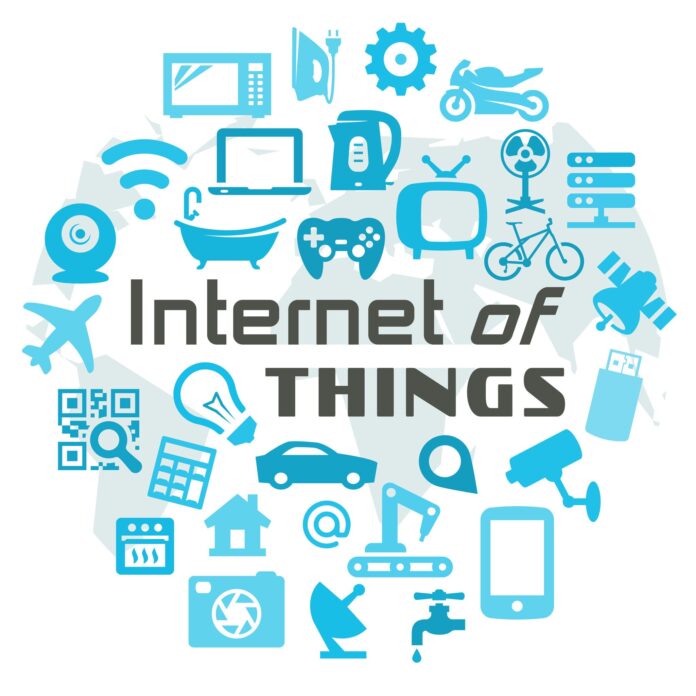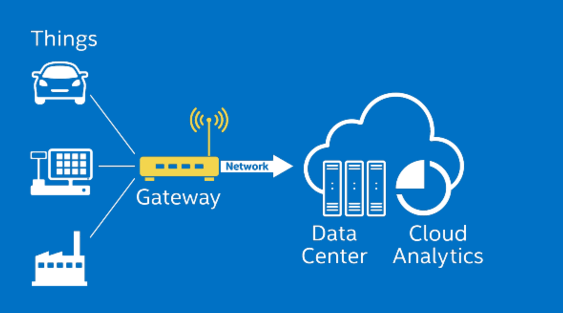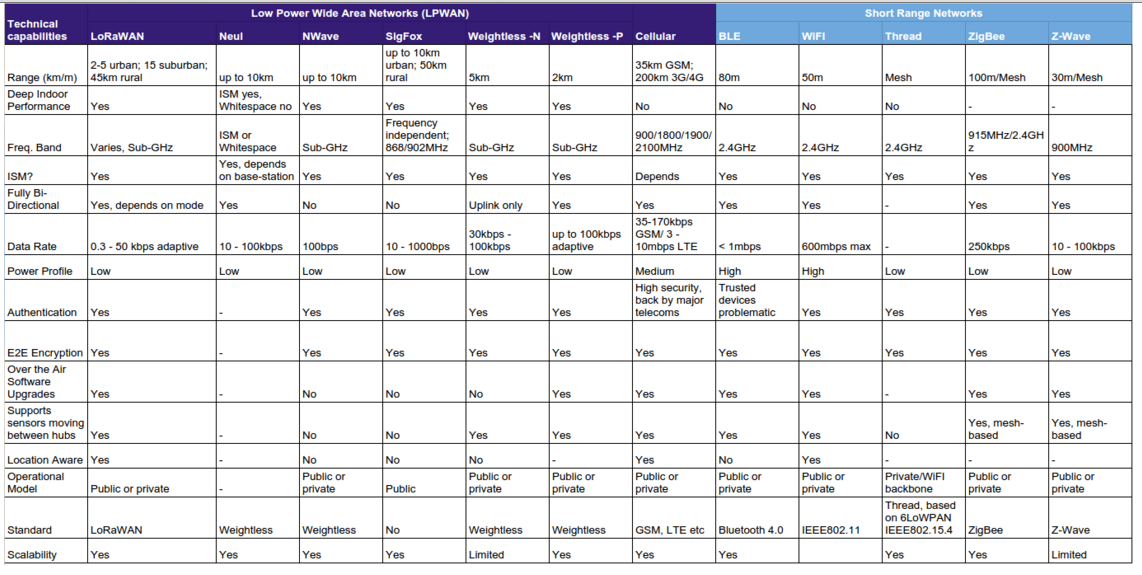The “Internet of Things: will connect billions of wireless devices in the years ahead, but only a small subset of those things will be connected using cellular networks. According to the Ericsson Mobility Report, a projected 28 billion devices will be connected by 2021, but just 1.5 billion of those will be noncommunication devices on cellular networks. Another 10.7 billion will be connected “things” that use noncellular networks.
Low-power wide-area networks are emerging as the carriers of more and more IoT traffic. These transmit data on low-band spectrum using inexpensive, low-power modems with batteries that can last for years. They are well suited for sensors that need to transmit small amounts of data on a regular basis and operate for long periods of time without maintenance.
For traditional wireless carriers that want to extend their networks to the “Internet of Things,” LPWANs are a potential threat. But for the companies that make chips for mobile devices, LPWANs represent a clear opportunity.
“These are outlets for the semiconductor suppliers, and they are obviously very keen to see those develop,” said analyst Robin Duke-Woolley, CEO of Beecham Research. “There are a number of competing technologies in the LPWAN area – about five different technologies – of which Sigfox and LoRa are the two main ones at the moment.”
Sigfox has already launched low-power wide-area networks in several European countries and has plans to launch networks in ten U.S. cities. The company has developed its own protocols, which are used by several chip partners including Atmel and Texas Instruments.
The LoRa Alliance is a consortium of companies developing IoT devices and equipment based on silicon solutions from Semtech. Within its first year of operation, the LoRa Alliance has attracted more than 700 members. In addition to Semtech, Arizona’s Microchip Technology as well as chip developers Gemalto of The Netherlands and Nemeus of France are members of the LoRa Alliance.
In the U.S., Intel is determined to be a leader rather than a follower in IoT. Intel was one of the first to launch an IoT gateway, a solution that includes an interface to a device that collects data, a connection to a wireless network, and intelligence to translate and analyze data.
“New alternative IoT networks based on Sigfox, LoRA, Ingenu or other low-power, low-bandwidth technologies will be supported by gateway manufacturers in a similar manner to today’s 3G and 4G solutions.” said Mike Krell, lead IoT analyst for Moor Insights & Strategy. “We have already seen commitments from major radio manufacturers to provide chipsets and modules, and I expect if we see real large-scale deployment, we will see even more jump on board.”
Follow me on Twitter.



